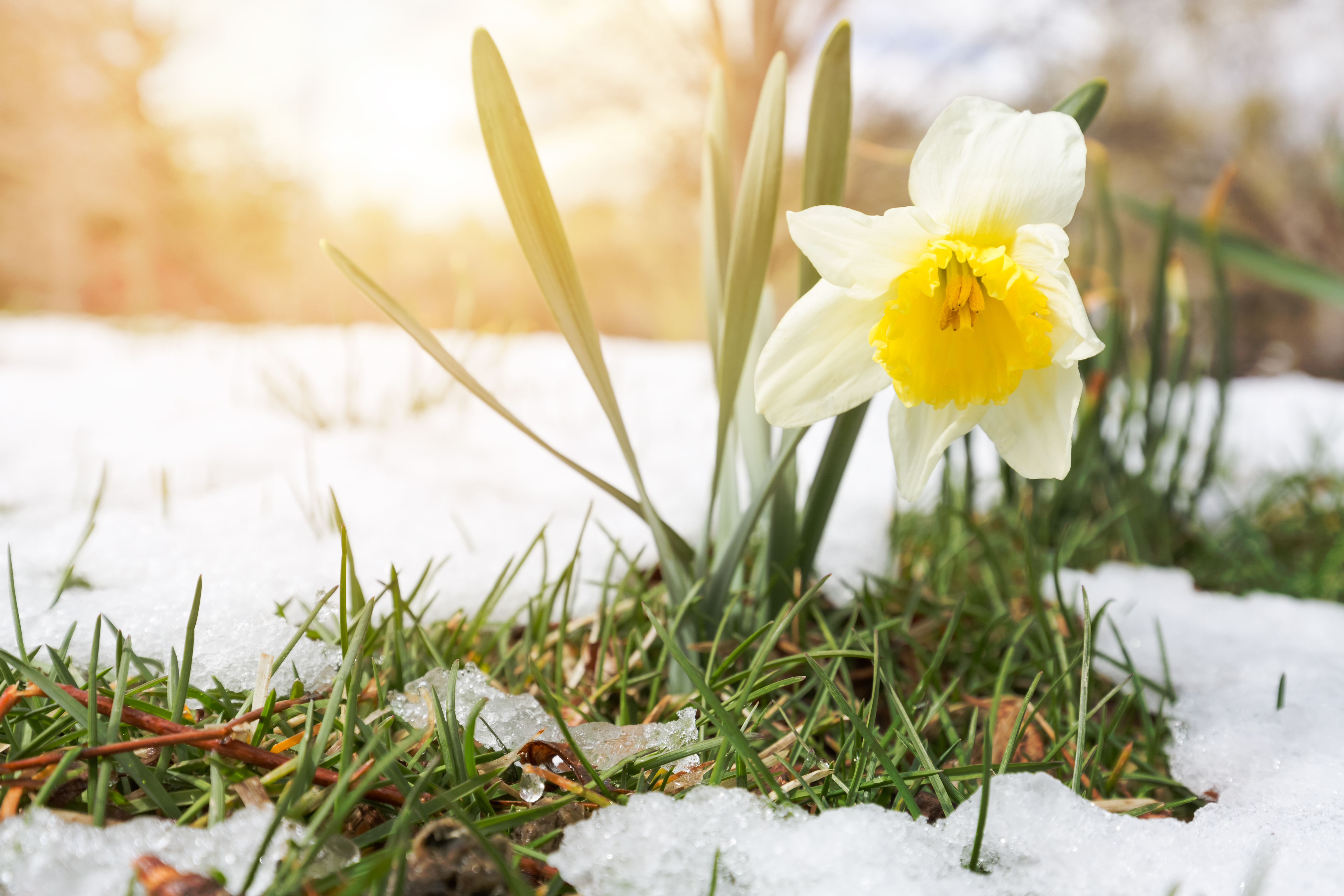Your energy usage isn’t static—it fluctuates throughout the year based on weather patterns, daylight hours, and even seasonal habits. Understanding these changes can help you manage electricity costs more effectively and make informed decisions about energy-saving strategies. Let’s break down how different seasons impact your energy consumption and what you can do to optimize efficiency year-round.
Spring: A Transition to Mild Energy Use
Spring is often a period of moderate energy consumption as temperatures become milder, reducing the need for extreme heating or cooling. However, a few factors still contribute to energy use:
-
Longer daylight hours reduce lighting needs, but increased pollen can mean higher use of air purifiers and HVAC filters.
-
Spring cleaning and home maintenance may lead to higher appliance usage, such as vacuuming and laundry.
Energy-Saving Tips:
-
Take advantage of natural daylight by keeping blinds open longer.
-
Service your HVAC system before summer to ensure it runs efficiently.
-
Use ceiling fans to circulate air and delay turning on the air conditioning.
Summer: Peak Energy Consumption
Summer typically brings the highest energy usage of the year, especially in regions with extreme heat. Air conditioning becomes the biggest electricity consumer, sometimes accounting for more than half of a household's energy bill.
Key Contributors to High Summer Usage:
-
Air conditioners running constantly to combat high temperatures.
-
Increased use of refrigerators and freezers to keep food fresh in the heat.
-
More time spent indoors means higher TV, gaming, and electronic device usage.
Energy-Saving Tips:
-
Set your thermostat to 78°F when home and higher when away.
-
Use blackout curtains to block heat from the sun and keep your home cooler.
-
Consider installing a programmable thermostat to regulate cooling efficiency.
Fall: A Decline in Energy Demand
As temperatures drop, energy use starts to decrease. Heating isn’t yet in full demand, and air conditioning use diminishes. However, fall also brings increased indoor activities as daylight hours shorten.
Key Energy Factors in Fall:
-
Increased oven and stove use as people cook more warm meals.
-
Shorter days lead to increased use of artificial lighting.
-
Space heaters may start being used in some regions.
Energy-Saving Tips:
-
Open windows to let in fresh air instead of using HVAC systems.
-
Switch to LED light bulbs to reduce lighting costs.
-
Start sealing windows and doors to prevent heat loss in winter.
Winter: Heating Becomes the Main Energy Driver
Winter is when heating systems work the hardest, leading to high energy bills in colder regions. Since people tend to stay indoors more, overall electricity usage increases.
Key Winter Energy Contributors:
-
Heating systems running constantly to maintain comfortable temperatures.
-
Increased hot water use for showers and dishwashing.
-
More time indoors leads to higher use of TVs, computers, and lighting.
Energy-Saving Tips:
-
Set the thermostat to 68°F while home and lower when sleeping or away.
-
Layer up with warm clothing and use blankets instead of cranking up the heat.
-
Ensure doors and windows are properly sealed to prevent drafts.
Year-Round Energy Efficiency Habits
Regardless of the season, these habits can help you reduce energy consumption all year:
-
Unplug devices when not in use to prevent phantom energy drain.
-
Use smart thermostats to optimize heating and cooling schedules.
-
Maintain appliances to keep them running efficiently and extend their lifespan.
Final Thoughts
Recognizing how your energy usage shifts with the seasons allows you to plan accordingly and adopt cost-saving strategies throughout the year. By making small changes and staying mindful of your consumption habits, you can keep your energy bills manageable no matter the season.
For more energy-saving tips or to explore better electricity plan options, contact us at customer@apge.com or call 866-715-9069 today!
